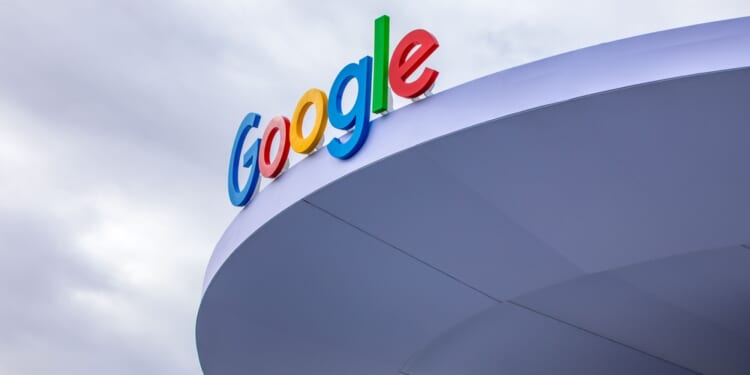Google avoided a breakup as AI emerged as a legitimate search alternative. Lawmakers must be more forward-looking about AI to avoid overreaching antitrust laws and maintain American competitiveness.
Per the courts, Google’s search engine business is indeed a monopoly. But the long-anticipated political crusade to break up tech giants—echoing Theodore Roosevelt’s battle with Standard Oil—has not materialized. Google has escaped the “nuclear option” pursued by the Department of Justice’s Antitrust Division (DOJ) that would have forced it to spin off its search business into a separate company. Instead, recognizing the dynamic change that artificial intelligence (AI) is bringing to the internet, the courts have opted for a more measured remedy: open the market to greater competitiveness without detonating the company itself.
Search Exclusivity Agreements Banned
Google will continue to operate Chrome, Android, and its many other businesses. But its once-lucrative search exclusivity agreements with Apple are now banned.
This is a reasonable course of action. Technology should empower individual choice and growth, not lock us into defaults that benefit entrenched players. Overreach in antitrust law risks substituting government judgment for consumer demand. By stopping short of dismantling Google while banning its exclusive search deals, the court avoided dictating the future of the web and instead created space for alternatives to emerge.
AI Tools Are a New Search Alternative
In many ways, Google only narrowly avoided a catastrophic blow because of the rapid success of artificial intelligence (AI) competitors. The judge explicitly noted that AI-powered tools and chatbots, which barely registered at the start of the case, have become serious alternatives to traditional search engines. That evolution weakened monopoly claims and highlighted how quickly innovation can upend assumptions about market dominance.
The world of online search—the first place many of us turn when opening our laptops or phones—has been pried open a little wider. Even those skeptical of the DOJ’s antitrust theories can appreciate the value of a marketplace where consumer preference, not contractual lock-in, drives success.
Avoiding Overreach in the AI Era
But going forward, federal antitrust lawyers and lawmakers must be more deliberate and forward-looking. As the judge recognized, the rise of AI will continue to challenge entrenched corporations in unpredictable ways. Policymakers must ensure that their actions do not unintentionally smother the very startups and entrepreneurs who could revolutionize digital platforms. Antitrust enforcement today will shape not only the social media platforms and browsers of 2025 but the dominant technologies of decades to come.
Balancing innovation and competition is messy—especially in the volatile world of AI. But proponents of harsh measures such as structural breakups should recognize that indiscriminately hobbling America’s tech industry could leave the United States vulnerable in the global race for AI leadership. This is not merely an economic concern; it’s a geopolitical one, as China and other competitors seek to set the standards and infrastructure for the next generation of technology.
The markets seemed to agree: Alphabet’s stock jumped after the ruling. That response suggests investors remain confident that competition and regulation can coexist without crushing innovation. But the DOJ and lawmakers pushing for more aggressive enforcement are still walking on thin ice. One misstep could send innovators and investors into paralyzing panic.
The Right Balance for the Future
This case should mark a shift in the conversation—from reflexively punishing incumbents to deliberately creating room for up-and-comers. Legitimate competition, not bureaucratic destruction, should be the guiding principle of antitrust law. Opening Google’s doors a little wider is enough. Forcing a demolition would have been too far.
About the Authors: Sam Raus
Sam Raus is the David Boaz Resident Writing Fellow at Young Voices, a political analyst and public relations professional. Follow him on X: @SamRaus1.
Image: RYO Alexandre/shutterstock

















